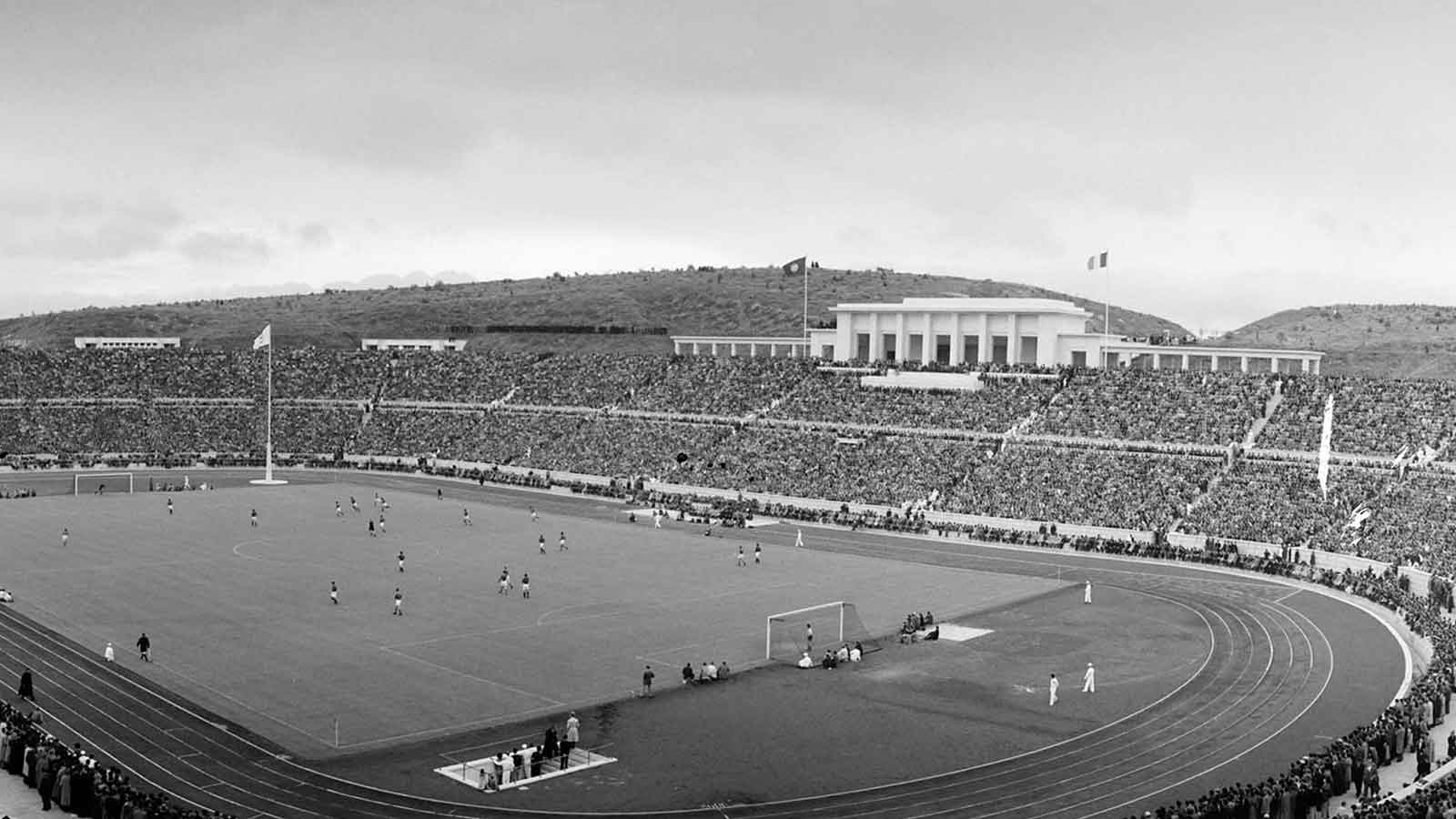Lisbon stadiums
The Stadium of Luz
The old Sport Lisboa e Benfica Stadium building, a project of the architect João Simões (1908-1995), was inaugurated on 1 December 1954, with a match between the home team and Futebol Clube do Porto.
At the time, it was the largest Portuguese stadium and one of the largest in Europe, with a capacity of 120,000 spectators.
Popularly known as Estádio da Luz, it owes this name to its location in the parish of Nossa Senhora da Luz, in the current parish of São Domingos de Benfica.
It began to be demolished in 2002.
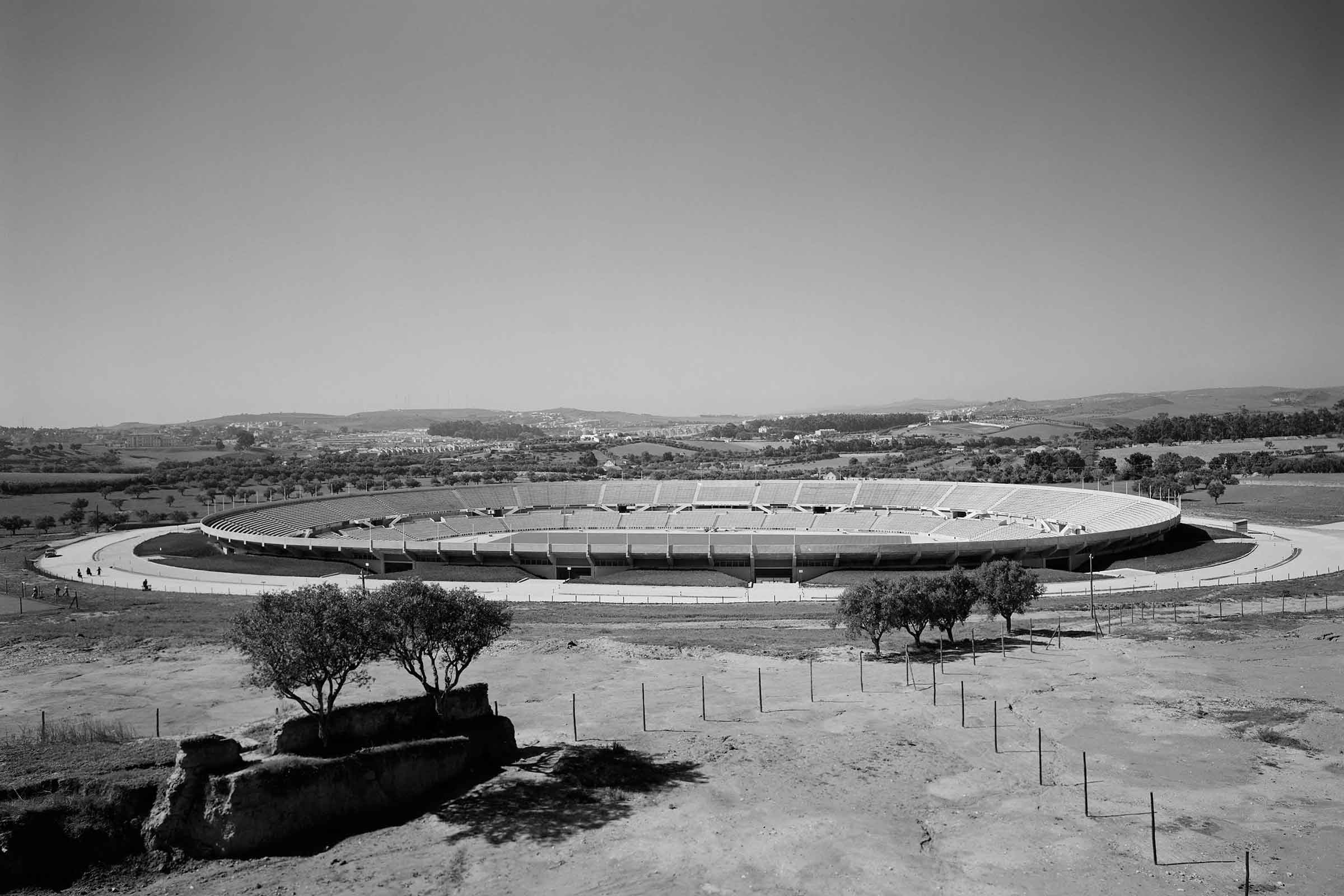
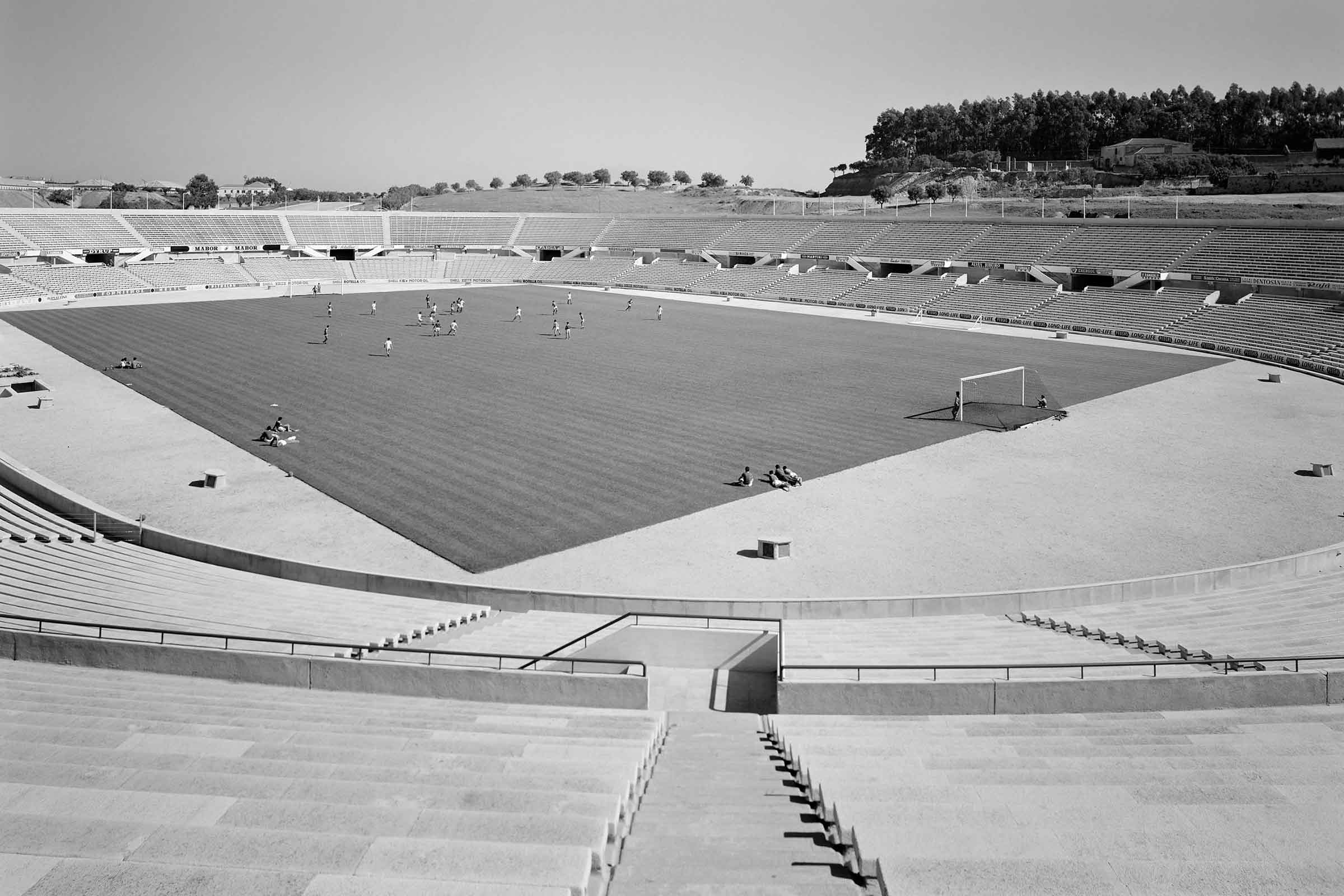

The José Alvalade Stadium
The former José Alvalade stadium, “home” of Sporting Clube de Portugal, was inaugurated on 10 June 1956.
It was the club’s sixth stadium and was not only used for football matches, but was also designed for other sports, such as athletics and cycling. The stands could seat 75,000 spectators.
The project was developed by the architect António Augusto Sá da Cota and the architect Anselmo Fernandez Rodriguez (1918-2000), who was also the coach of Sporting football team in the 1960s.
It was the first stadium in Portugal to be equipped with a lighting system, which allowed for night-time activities.
In 2003, the old building was demolished, giving way to the new sports complex, designed by architect Tomás Taveira.
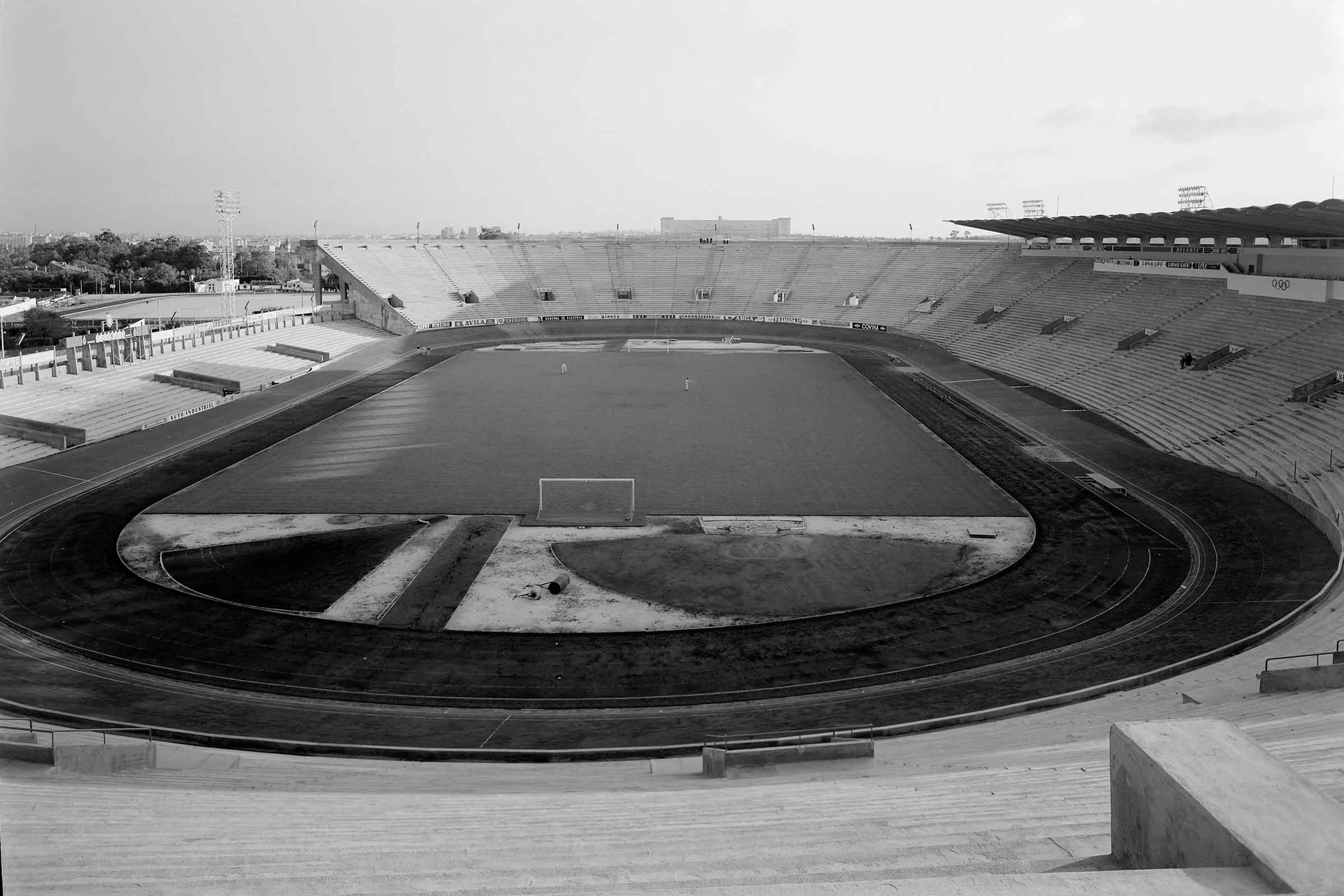

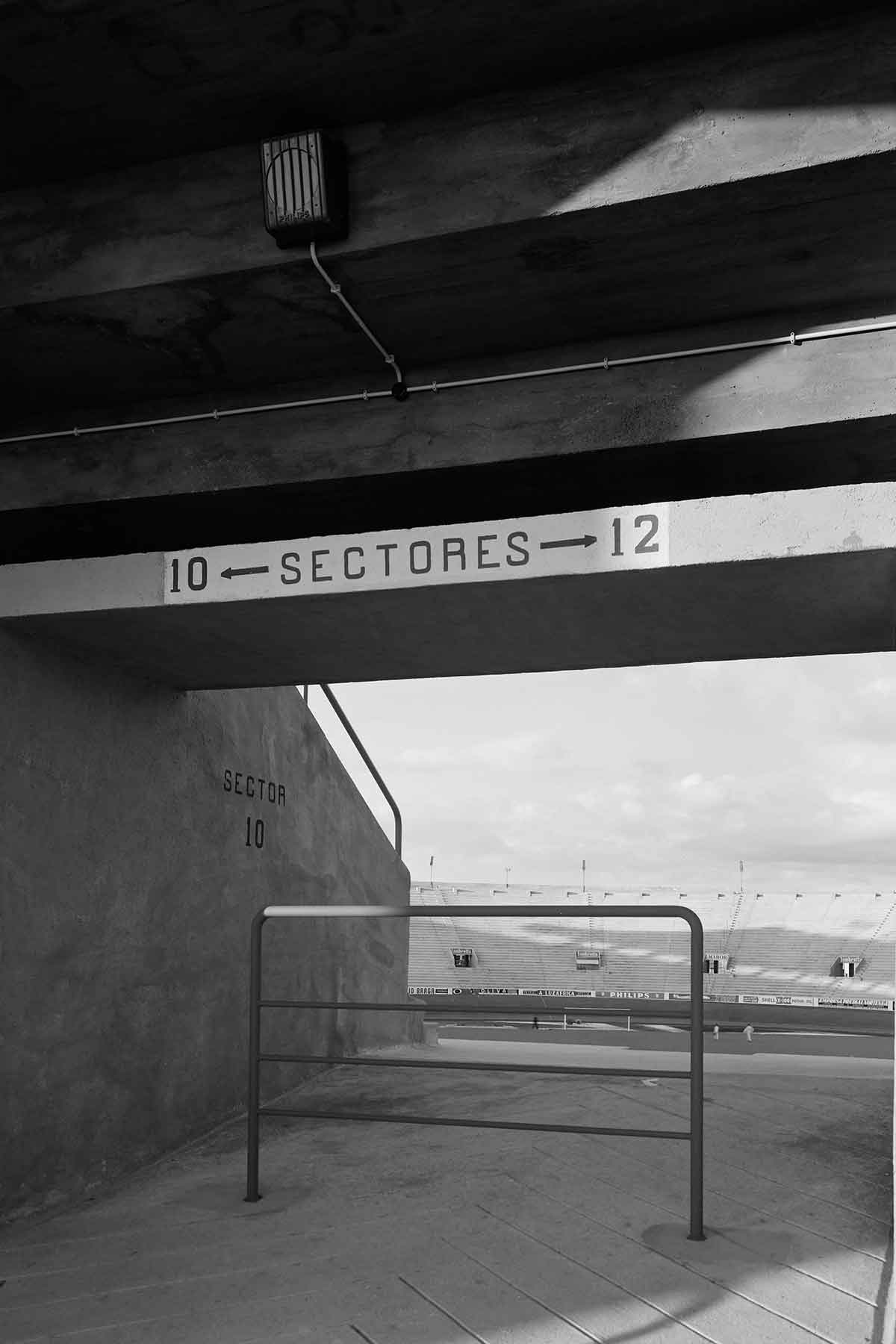
The Belenenses Stadium
The Belenenses Stadium, also known as Restelo Stadium, is the property and sporting headquarters of the Clube de Futebol Os Belenenses.
Located in the parish of Belém, overlooking the Tagus River, it was inaugurated on 23 September 1956 under the name Estádio Almirante Américo Thomaz, who was at the time the President of the Republic.
Built on the site of an old quarry, on land lent by the Lisbon City Council, it was designed by the architects Jorge Viana (1924-2010) and Carlos Oliveira Ramos (1922-2012), and replaced the club’s old stadium, called Estádio das Salésias.
In the inaugural match, the home team beat the visiting team, Sporting Clube de Portugal, 2-1.
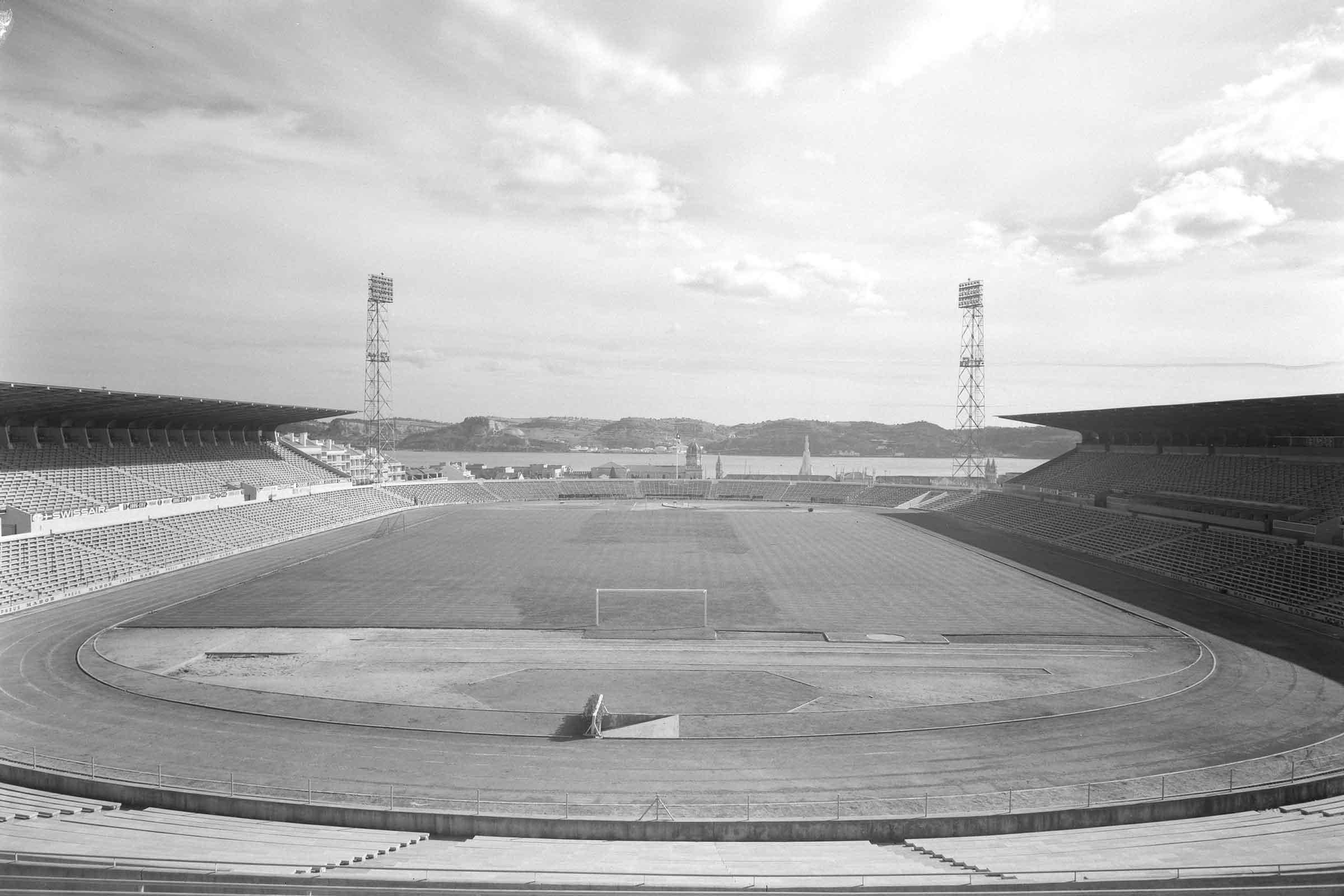
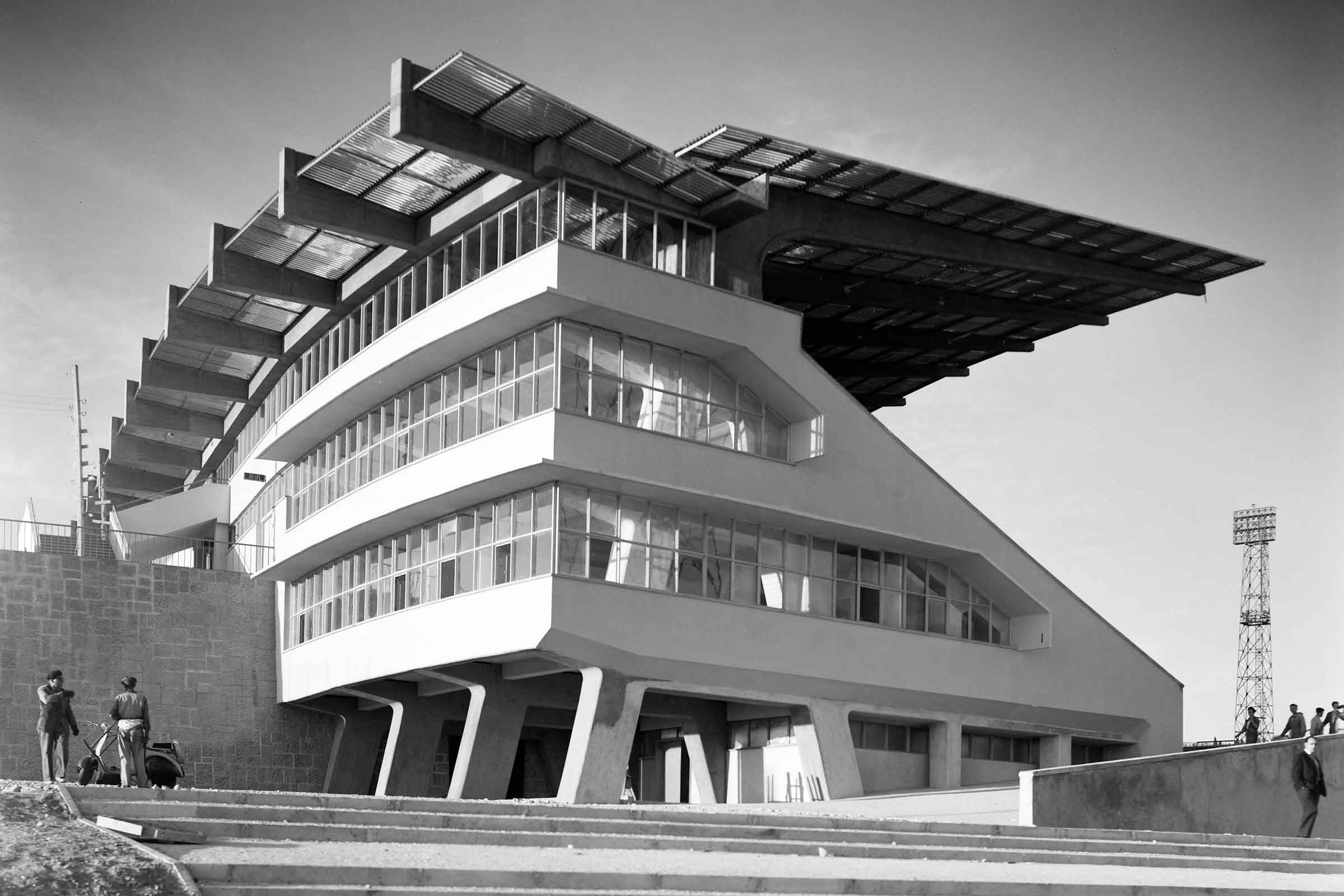
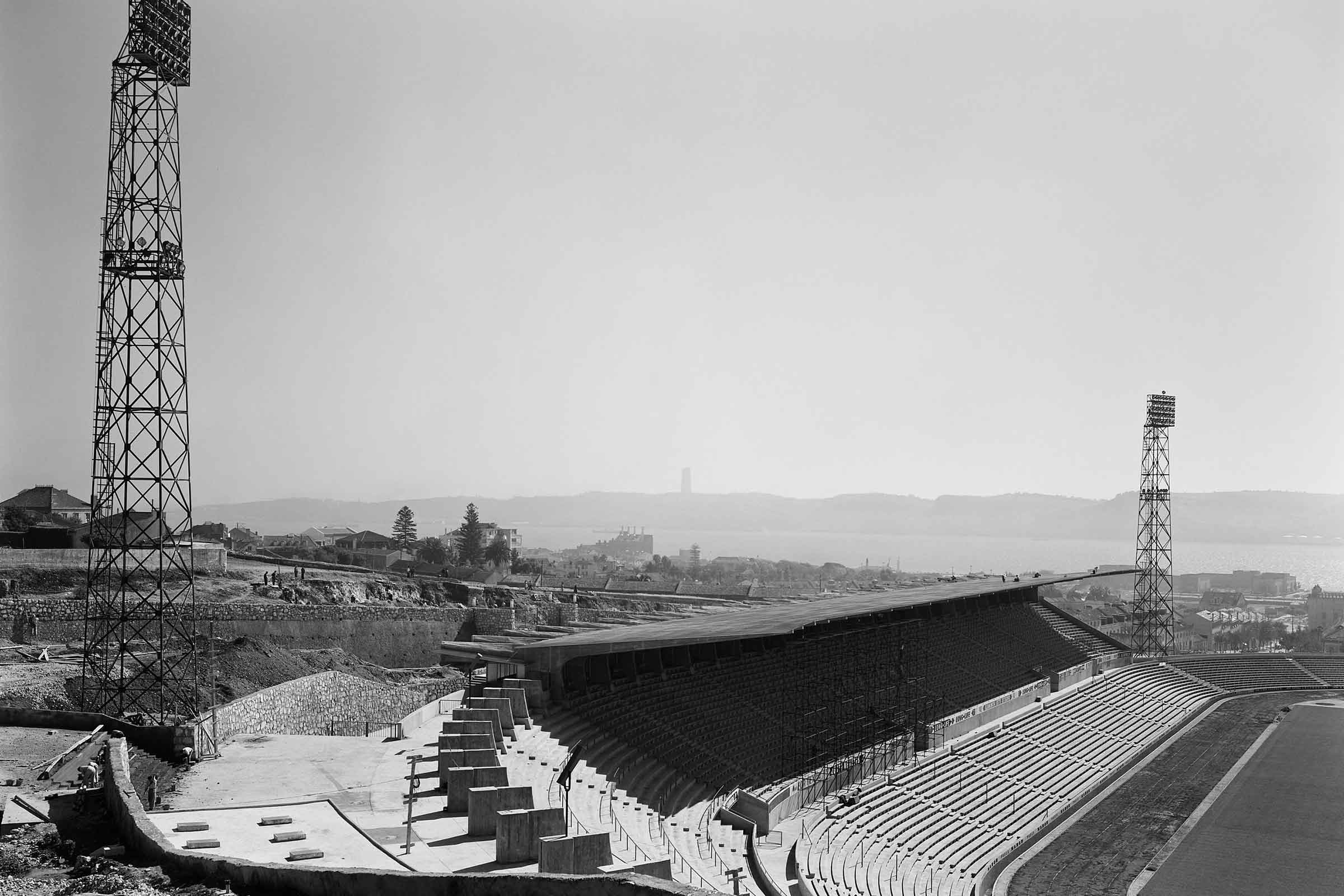
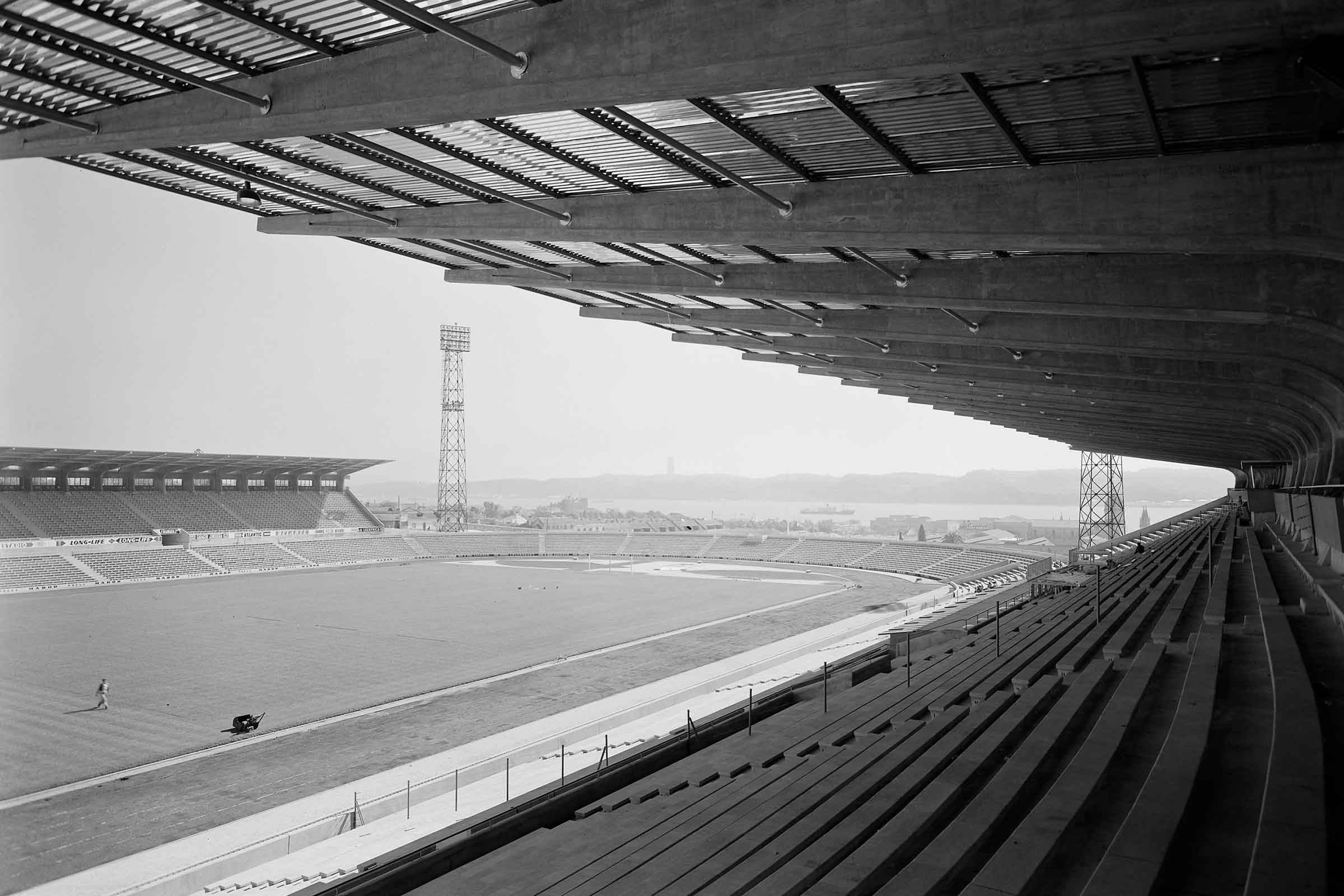
The National Stadium
The construction of the Honour Stadium of the National Sports Centre of Jamor, often referred to as the National Stadium – or as Jamor Stadium, or National Jamor Stadium -, located a few kilometers from Lisbon, was due to Duarte Pacheco (1900-1943), Minister of Public Works and Communications in Oliveira Salazar’s government (1932-1936 and 1938-1943).
Designed by the architect Miguel Jacobetty Rosa (1901-1970), the construction work took five years, and one of the models which influenced its design was the Berlin Olympic Stadium, built for the 1936 Summer Olympic Games.
Its inauguration took place on 10 June 1944, a symbolic day that the Estado Novo capitalized on with pomp, speeches, parades, and the presence of the highest dignitaries of the state: the President of the Republic, Marshal Óscar Carmona, and the President of the Council, Oliveira Salazar.
The climax of the ceremony was a classic football match in the capital: the match between Sporting Clube de Portugal, the defending National Champion, and Sport Lisboa e Benfica, winner of the Portuguese Cup.
It is in the National Stadium that, every year, the finals of the Portuguese Cup and the Portuguese Women’s Football Cup are held.
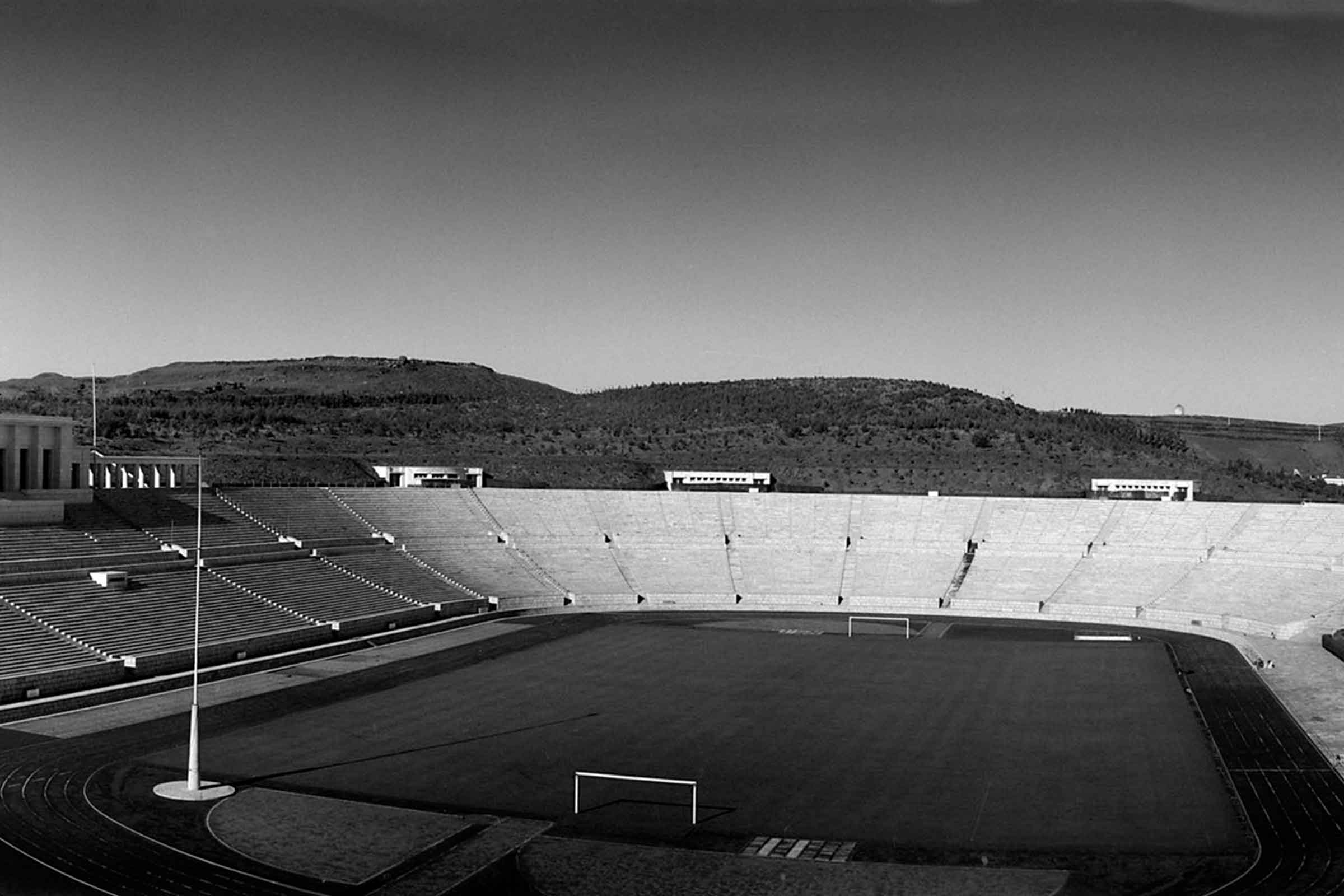
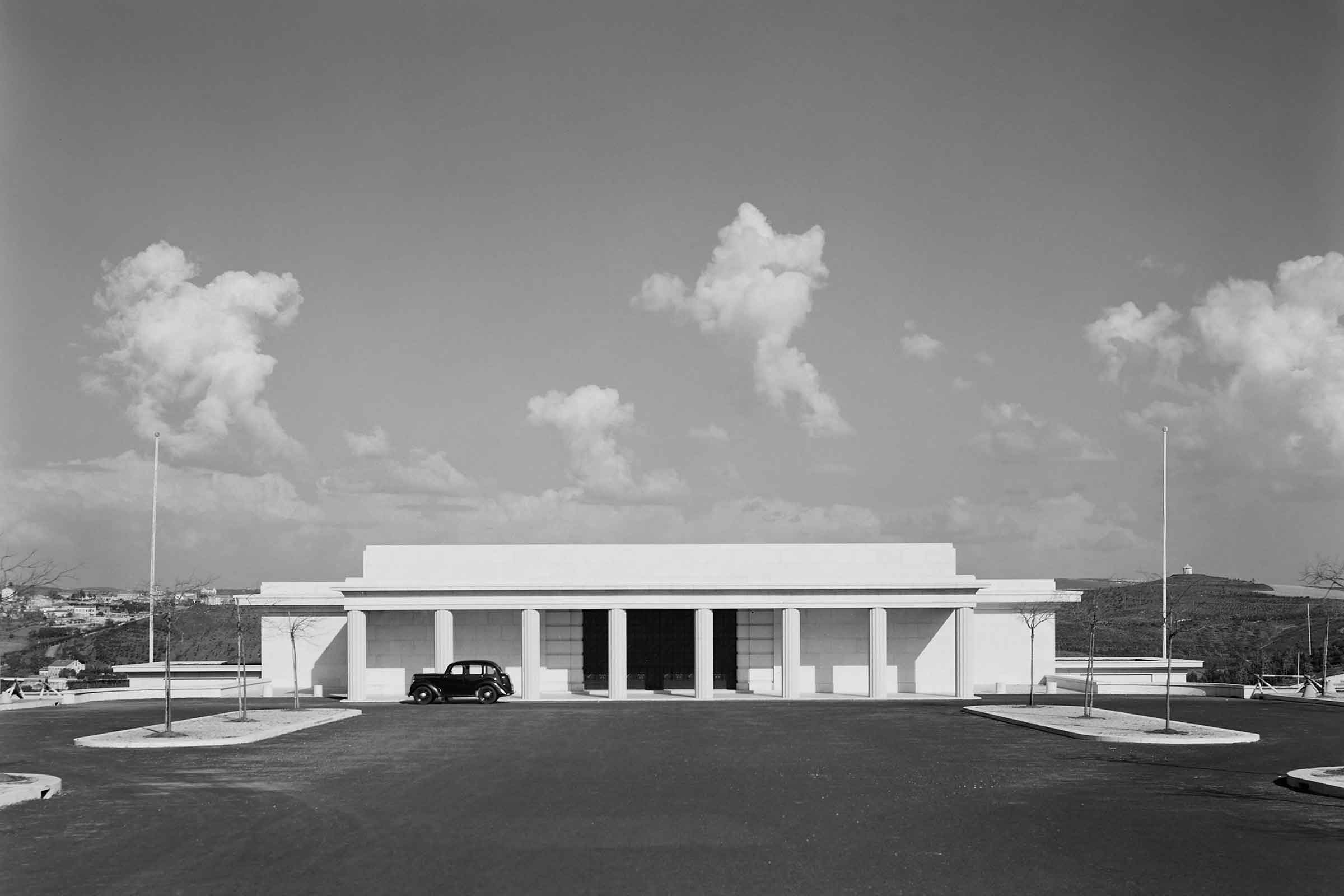

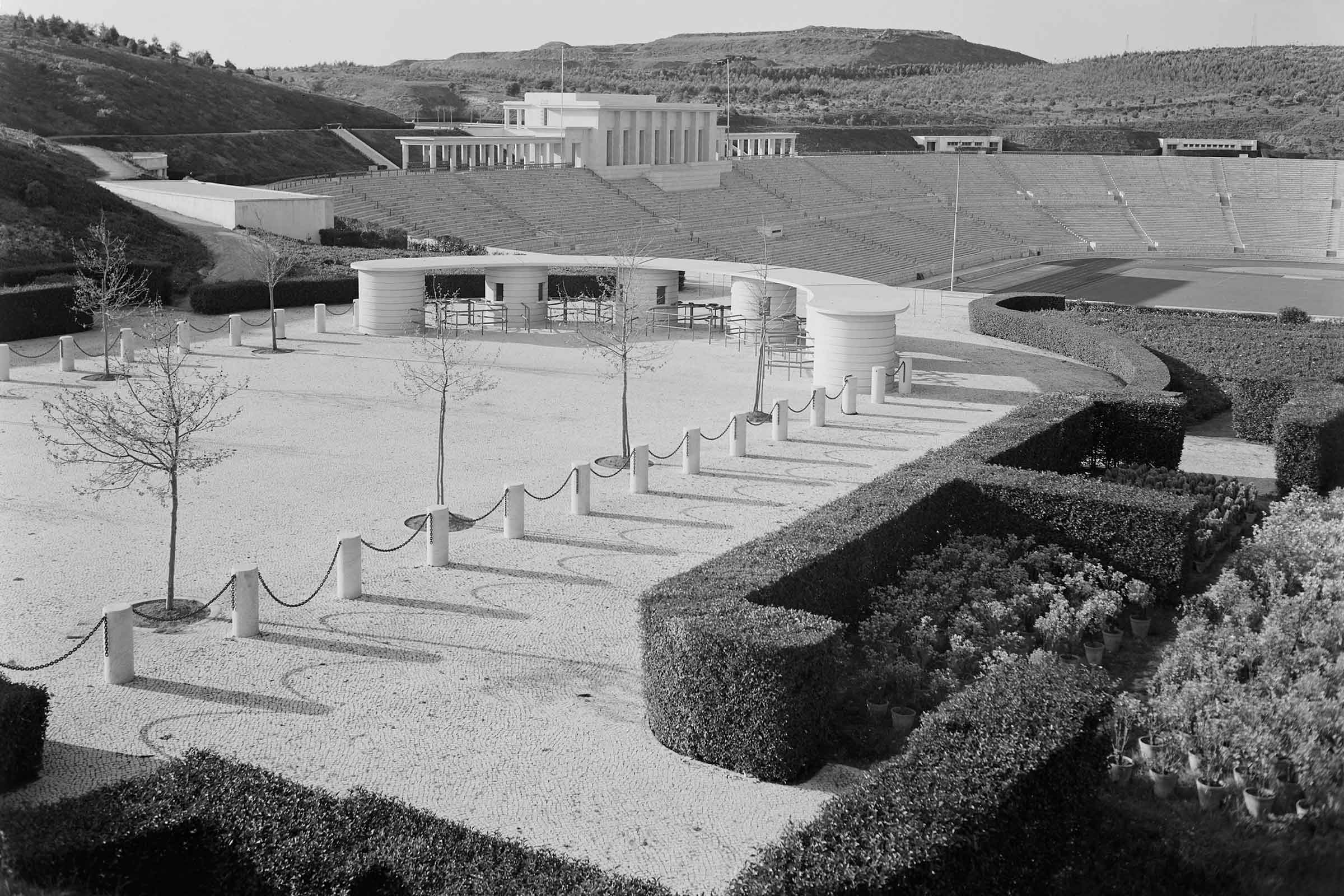
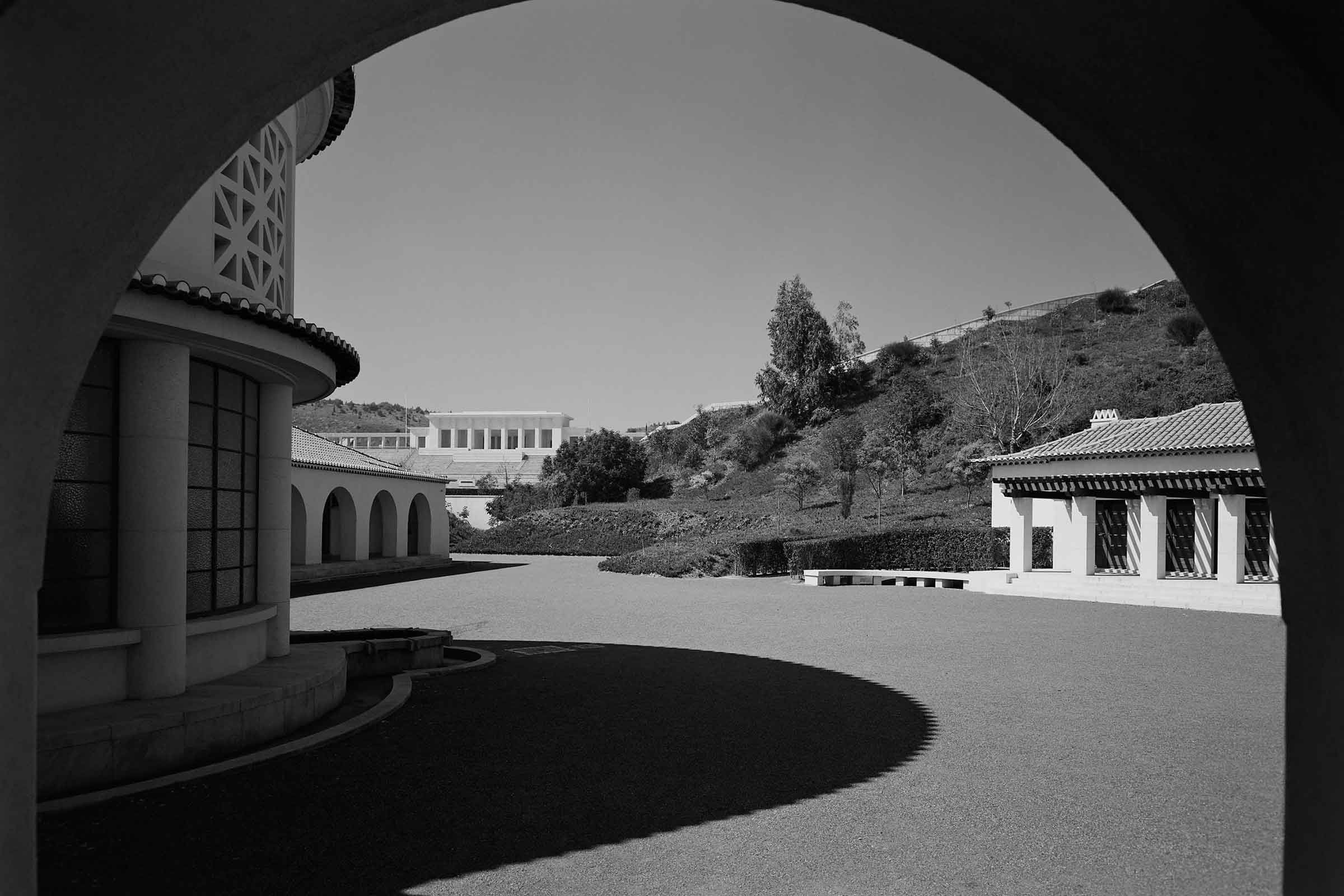

Photos with history
The photographs from the Mário and Horácio Novais' studios offer glimpses of the past, in Portugal and abroad, of daily life and great historical events, landscapes, architecture, public figures and much more.
